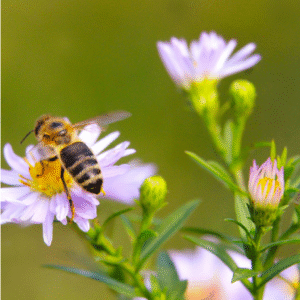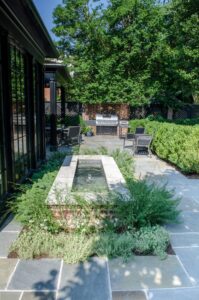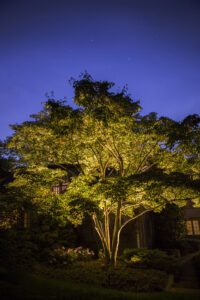It is nearly impossible to imagine the fresh blooms of springtime without also picturing the bumblebee buzzing about the garden, the hummingbird hovering at 80 beats per second or the monarch mud-puddling in the damp soil. In fact, without these critical pollinators in the garden, there would be few plants left for us to enjoy!
According to the United States Department of Agriculture (USDA), animal pollinators including insects, birds and small mammals play a critical role in the reproduction of roughly 80% of all flowering plants and over 75% of staple crop plants. These beneficial garden visitors also help to keep damaging pests away while promoting ecological diversity and bioproductivity.
The relationship between plants and pollinators is not skewed in any single direction, however. These critters visit the flora in your backyard in search of food, shelter, mates and nesting materials, in addition to the nectar and pollen grains that power nearly all of their life processes.
Neither plant nor pollinator could exist without the other. Therefore, planning a garden to provide for pollinators is not simply good environmental stewardship, but an essential element of functional, forward-thinking landscape design.
The following plants frequently utilized by Planted Earth landscapers are excellent for attracting pollinators of all kinds: Agastache, Asclepias, Aster, Astilbe, Chelone, Echinacea, Gaillardia, Helenium, Hemerocallis, Hibiscus, Kalimeris, Liatris, Lobelia, Monarda, Nepeta, Phlox, Pycanthemum, Salvia, Solidago, Vernonia.
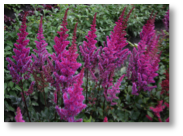
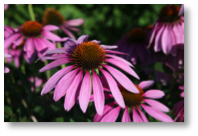
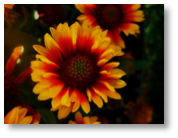
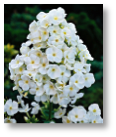
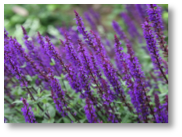
Pictured left to right: Astilbe chinensis, Echinacea purpuruea, Gaillardia x Grandiflora, Phlox paniculata, Salvia nemorosa
If you are looking to provide a safe-haven for beneficials and are unsure of where to begin, your gardening crew will be able to make recommendations on an individual basis to help ensure that your landscape is pollinator-friendly.


